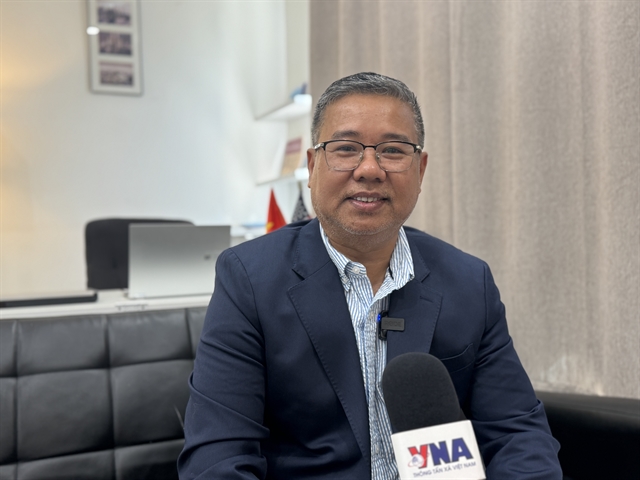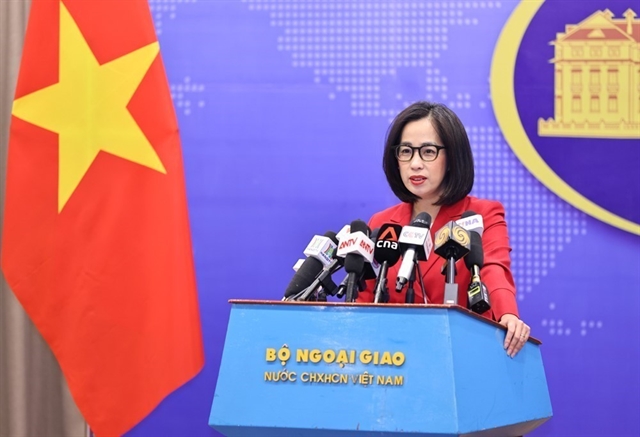 Society
Society

The Government needs to simplify administrative procedures and provide clear legal guidance to attract more investment in the rapidly-growing health sector, experts have said.
 |
| Delegates discuss how to attract investment in healthcare services at a conference held on Friday in HCM City. — VNS Photo Gia Lộc |
HCM CITY — The Government needs to simplify administrative procedures and provide clear legal guidance to attract more investment in the rapidly-growing health sector, experts have said.
Dilshaad Ali bin Abas Ali, senior advisor at DG Medical, noted that, as the middle class grows, more private healthcare providers are appearing in Việt Nam.
“The structural shift to an industrialised country has caused shifts in employment structure that affect people’s lifestyle and health. A mix of a young productive population and ageing seniors now exists, while the middle class is expanding dramatically,” he said.
Ali spoke at a conference on “What Does Health Sector Need to Do to Attract Investors?” held on Friday by the Medical Practitioners Society of HCM City in co-operation with the HCM City Association of Private Practitioners, DG Medical, and Saigon Times.
Increasing consumer expenditures per capita was also creating an opportunity for investment in high-end health care services, he added.
Dr Phạm Xuân Dũng, director of HCM City Oncology Hospital, said that in the oncology field, the number of cancer incidences had increased by 7 per cent to 8 per cent annually in the city in recent years.
The ageing population was one cause, he said, adding that more than 60 per cent of cancer cases were in developing countries.
The oncology field needed large investments to provide sufficient health care services, Dũng said. “There is a gap between demand and supply. The demand is always higher.”
"Patients are ready to pay more for good medical services," he said.
A highly specialised oncology centre should be built, but funds would be needed to buy advanced equipment and hire good health staff as well as administrators, Dũng said.
Because of the state’s limited funds, the Government had issued many decrees and circulars to attract domestic and foreign investment to develop healthcare services.
However, detailed guidance and policies guiding these circulars and decrees would need to be issued, he said.
Dr Tăng Chí Thượng, deputy head of the city’s Department of Health, said that besides specialised centres, the city had carried out many programmes to develop grassroots-level health facilities.
In 2018, there were over 45.3 million outpatient visits and 2.5 million inpatient stays in 7,086 health facilities in HCM City.
These occurred at 14 central-level hospitals; 32 city-level hospitals; 23 district-level hospitals; 56 private hospitals; 24 healthcare centers; 319 ward or commune-based medical stations; 212 general clinics; and 6385 specialized clinics.
In the last nine years, the Government has allocated more than VNĐ60 trillion (US$2.6 billion) for the health system throughout the country.
The number of private health facilities in the country has increased to more than 35,000 from 206 in 1993. — VNS




